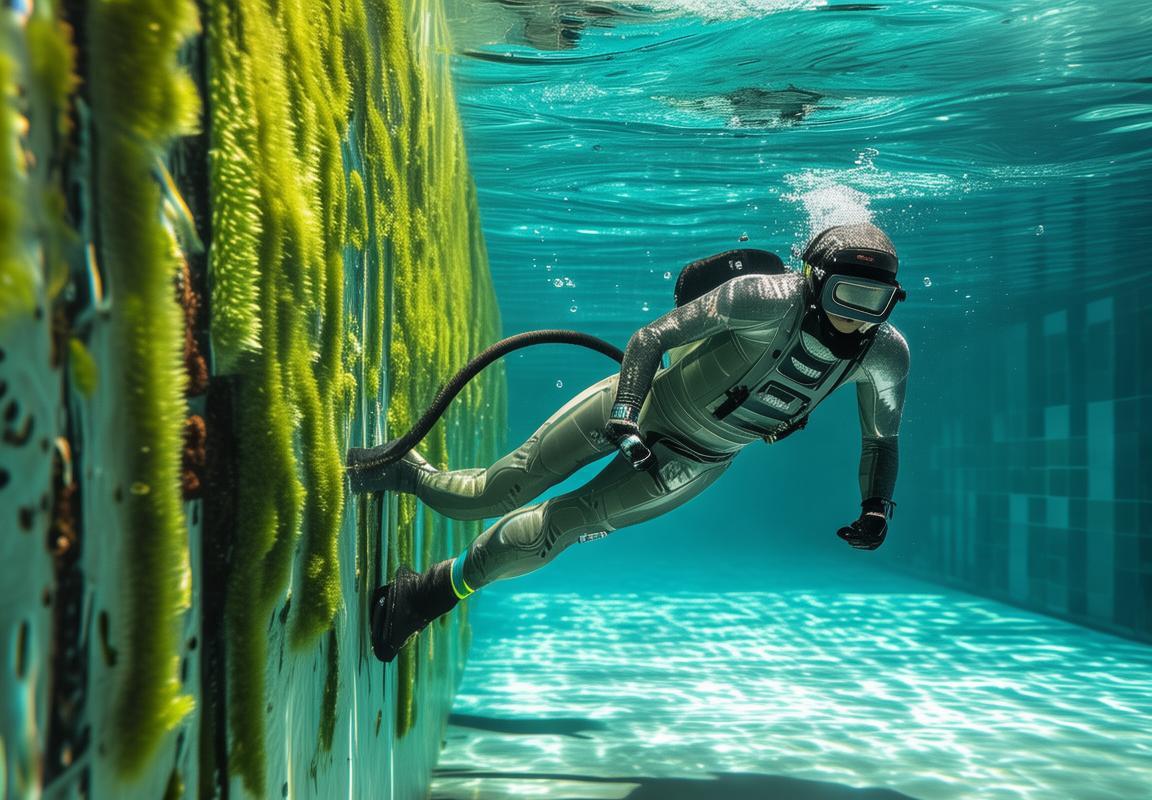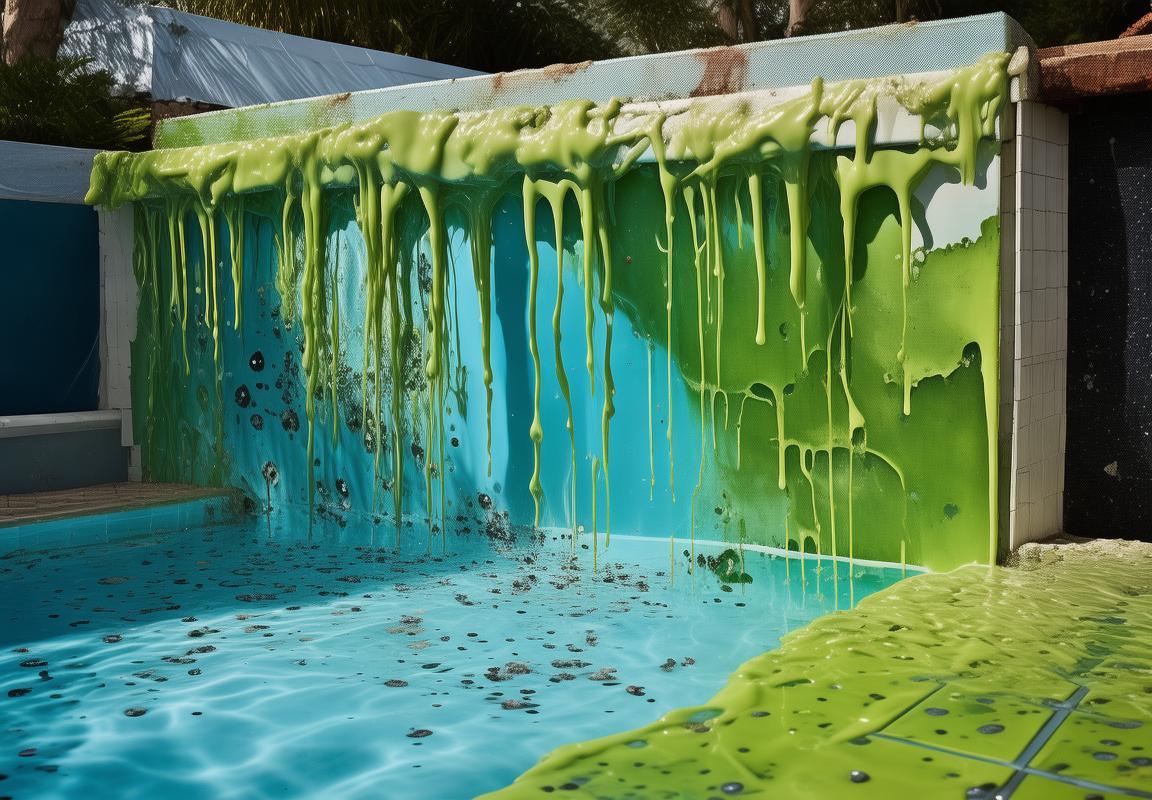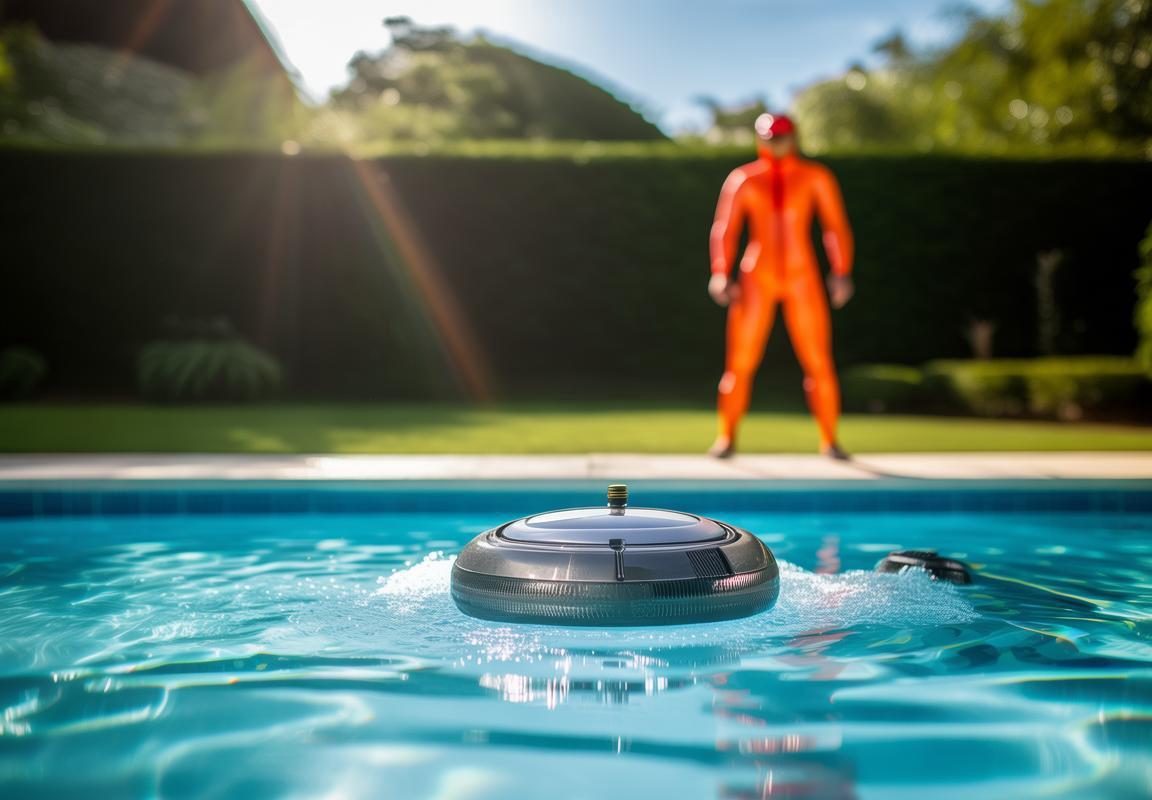Polaris 280 Pool Cleaner Parts Guide: Fixing Common Issues & DIY Tips for Your Manual Pool Cleaner
The Polaris 280 pool cleaner is a reliable workhorse—until it acts like a high-maintenance diva. Common issues include slow movement (check for clogged hoses or worn wheels), endless spinning (faulty backup valve), grinding noises (worn bearings), sinking (damaged float collar), or poor cleaning (worn tail scrubber). Regular maintenance is key: inspect hoses, wheels, and backup valves, and replace worn Polaris 280 pool cleaner parts promptly. Keep spare parts like backup valves, wheels, and tail scrubbers on hand to avoid mid-season breakdowns. If your Polaris 280 stops moving entirely, check for low water pressure (20-28 PSI is ideal) or a clogged filter bag. For minor issues like clogged hoses or stuck valves, a DIY fix (vinegar soak, hose flush) often works. But if repairs cost more than half a new unit, consider upgrading. Store your Polaris 280 in shade to prevent UV damage, and avoid tangled hoses for optimal performance. Treat it right, and it’ll keep your pool sparkling—neglect it, and you’ll be stuck with a manual pool cleaner. 🛠️



